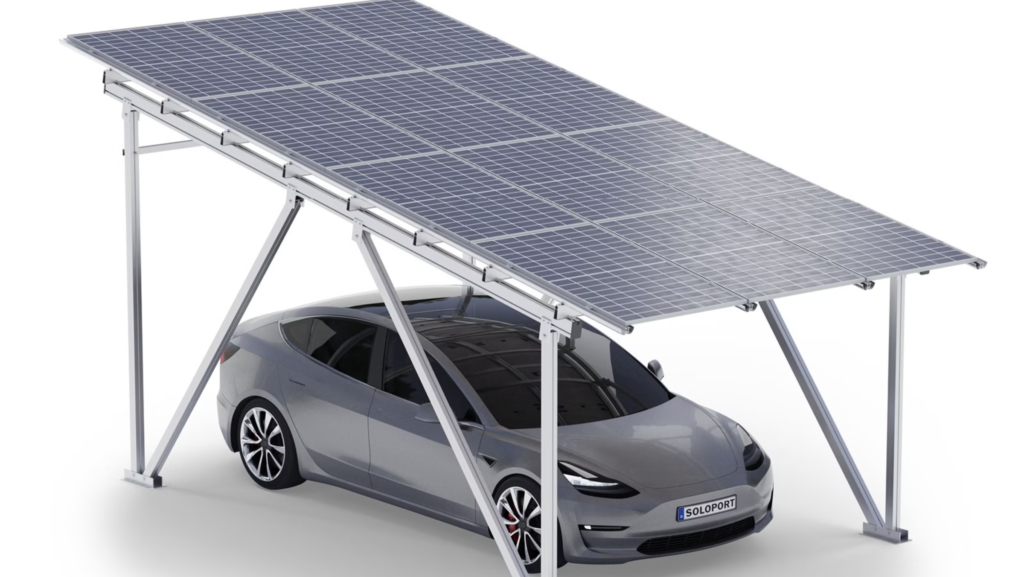Key Considerations for Aging Detection and Maintenance of Solar Panels
As solar panels age, their performance and efficiency can decline due to various factors such as environmental exposure, material degradation, and mechanical wear. To ensure optimal performance and extend the lifespan of your solar energy system, it’s crucial to implement effective aging detection and maintenance strategies. Here are the essential points to consider:
- Regular Visual Inspections:
Conduct routine visual checks to identify physical signs of aging, such as cracks, discoloration, delamination, or corrosion on the panels, frames, and connectors. Promptly address any visible damage to prevent further deterioration and potential safety hazards. - Performance Monitoring:
Utilize monitoring systems to track the electrical output of your solar panels over time. Compare current performance data with baseline measurements to detect any significant drops in efficiency, which could indicate aging-related issues. Early detection allows for timely maintenance or replacement. - Electrical Testing:
Perform periodic electrical tests, including insulation resistance tests and open-circuit voltage measurements, to assess the internal health of the solar panels. These tests can reveal hidden defects or degradation that may not be visible during visual inspections. - Thermal Imaging:
Employ thermal imaging cameras to detect hot spots on the panels, which can be indicative of aging cells, faulty connections, or shading issues. Hot spots can lead to reduced efficiency and even permanent damage if left unaddressed. - Cleaning and Debris Removal:
Regularly clean the panels to remove dust, dirt, bird droppings, leaves, and other debris that can accumulate on the surface and reduce sunlight absorption. Use appropriate cleaning methods and tools to avoid scratching or damaging the panels. - Environmental Protection:
Ensure that the panels are adequately protected from environmental factors that can accelerate aging, such as extreme temperatures, high humidity, and UV radiation. Consider installing protective coatings or using mounting systems that minimize exposure to harsh conditions. - Connector and Wiring Checks:
Inspect the connectors and wiring for signs of wear, corrosion, or loose connections. Faulty connectors can lead to power losses and even fire hazards. Replace damaged connectors or wiring promptly to maintain the integrity of the electrical system. - Inverter and System Component Maintenance:
Don’t overlook the maintenance of inverters and other system components, as their performance can also impact the overall efficiency of the solar energy system. Follow manufacturer guidelines for regular maintenance and calibration of these components. - Professional Assessments:
Schedule periodic professional assessments by qualified technicians to conduct comprehensive inspections and tests. These experts can provide in-depth analysis and recommendations for maintenance, repairs, or upgrades based on the specific condition of your solar panels. - Documentation and Record-Keeping:
Maintain detailed records of all inspections, tests, maintenance activities, and repairs performed on your solar panels. This documentation can help track the aging process, identify trends, and plan for future maintenance or replacement needs.
By adhering to these aging detection and maintenance practices, you can maximize the efficiency and lifespan of your solar panels, ensuring a reliable and sustainable source of renewable energy for years to come. Regular monitoring, timely interventions, and professional expertise are key to maintaining the optimal performance of your solar energy system.


